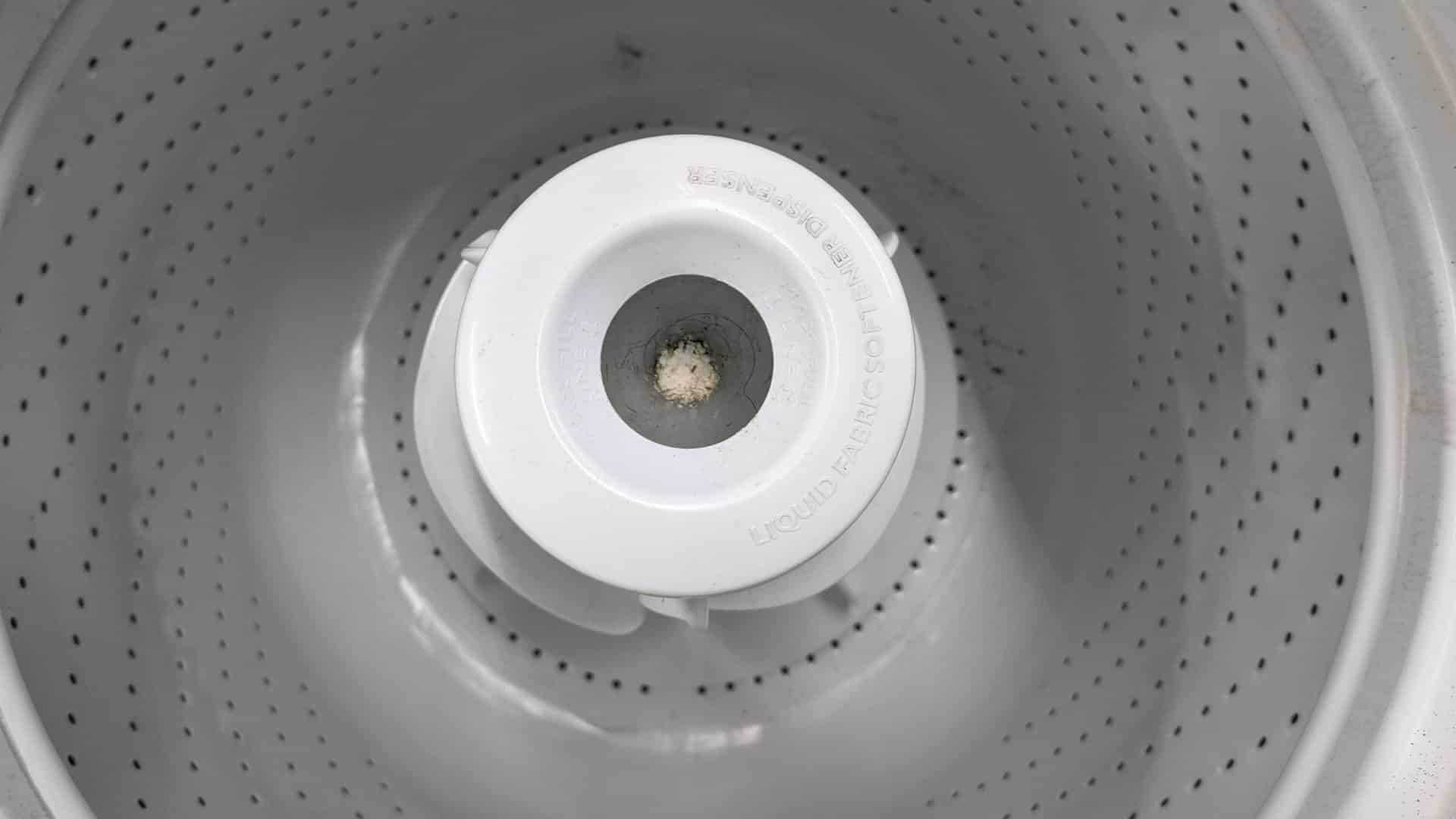
If your washing machine is not spinning properly, this guide will tell you how to fix it. Most of the time, it’s caused by a faulty component like a damaged lid switch, but sometimes it can be a more complicated problem like a defective control board.
Simply start with the first component in this guide and work your way down the guide until you find the faulty component and have fixed it.
The lid switch
If your washing machine isn’t spinning correctly, it could be from a faulty lid switch. The lid switch is there to make sure your washing machine door is closed during the spin cycle. So, if it becomes faulty, your washing machine will stop spinning.
The lid switch can be tested through the following steps:
- Switch the power off to your washing machine.
- Locate the door switch (if you’re not sure where it is, your user manual will have a diagram of the internal components within your appliance).
- Disconnect the lid switch and then test it with a multimeter for continuity.
- If the switch fails the test, it will need to be replaced. If it passes the test, you can reconnect it and move on to checking the next possible cause.
- Once a new switch has been installed, test if your washing machine is spinning correctly. If not, check the next possible cause.
The door latch
The next possible cause to investigate if your washing machine has stopped working is the door latch. The latch is there to make sure your washing machine door stays closed. Some washing machines have mechanical latches and some have manual latches.
Here’s how to check the door latch:
- Turn the power off to your washing machine.
- Check your user manual to find out if you have a mechanical or manual door latch.
- If you have a manual door latch, all you need to do is attempt to close the door, making sure it stays properly shut. If the door doesn’t stay closed tightly, this indicates that the door latch will need to be replaced. If the latch is working, move on to checking the next possible cause.
- If you have an electronic door latch, test it with a multimeter for continuity. If it fails the test, replace it. If it passes the test, move on to checking the next possible cause.
- Once a new door latch has been installed, check if your washing machine can now spin correctly. If not, check the next possible cause.
The drive belt
The next possible cause is a faulty drive belt. The drive belt helps your washing machine to spin. So, if it becomes faulty, your washing machine will not be able to operate correctly.
Here’s how to test the drive belt:
- Switch the power off to your washing machine.
- Locate the drive belt. You will need to remove the side panels to access it. If you need help locating it, your user manual will have a diagram of the internal components within your appliance.
- Once located, inspect the belt for any signs of damage or if it has come out of position. Also, make sure the pulleys that the drive belt is connected to aren’t damaged either.
- If the belt is out of position, reattach it correctly and then test if that solves the problem. If damaged in any way (including the pulleys), it will need to be replaced and then you’ll need to test if replacing it has fixed your washing machine.
- If repairing or replacing the drive belt doesn’t fix your washing machine or if it isn’t damaged in any way, you will need to check the next possible cause.
The motor coupling
The next component to inspect is the motor coupling. The motor coupling is what connects your washing machine’s motor to the transmission and ensures it can operate correctly during a spin cycle. Sometimes, the motor coupling can become damaged and stop your washing machine from spinning correctly.
Here’s how to inspect the motor coupling:
- Switch the power off to your washing machine.
- Locate the motor coupling (if you’re not sure where it is, your user manual will have a diagram of the internal components within your appliance).
- Once located, inspect it for any damage. If it is damaged, it will need to be replaced. If you find no damage, move on to checking the next possible cause.
- Once the motor coupling has been replaced, check if your washing machine can spin properly. If not, move on to checking the next possible cause.
The clutch
Checking the clutch involves turning your washing machine on and making sure the washer drum is turning around and speeding up properly. If not, the clutch is probably defective and needs to be replaced.
Here’s what to do:
- Switch your washing machine on a spin cycle.
- Once the cycle starts, check if the drum starts to turn and that it speeds up correctly to reach a high speed. If this doesn’t occur, the clutch is faulty and will need to be replaced. If working correctly, move on to checking the next possible cause.
- Once a new clutch is installed, check if your washer is now spinning correctly. If not, move on to checking the next possible cause.
The Rotor
The purpose of the rotor is to work with the stator to help the drum spin around. When defective, your washing machine will stop spinning properly.
Here’s how to check the rotor:
- Switch the power off to your washing machine again.
- Locate the rotor (if you’re not sure where it is, your user manual will have a diagram of the internal components within your appliance).
- Once located, check the magnets for any signs of damage, followed by the rest of the rotor unit.
- If damaged in any way, the rotor will need to be replaced. If you don’t find any damage, move on to checking the next possible cause.
- Once replaced, check if your washing machine is now spinning properly. If not, move on to checking the next possible cause.
The drive motor
The drive motor helps the washing machine spin by providing power to the components that are responsible for rotating it. When defective, your washing machine will stop spinning.
Here’s how to check the drive motor:
- Switch the power off to your washing machine.
- Locate the drive motor (if you’re not sure where it is, your user manual will have a diagram of the internal components within your appliance).
- Disconnect the drive motor wire harnesses.
- Test the drive motor with a multimeter.
- If defective, replace the motor. If working correctly, reconnect it to the wire harnesses and move on to the final step in this guide.
- Once replaced, test if your washing machine is spinning again properly. If not, move on to the final step in this guide.
The main control board
The final option is to replace the main control board. Sometimes, the main control board becomes defective, which will stop your washer from spinning. When this happens, the main control board needs to be replaced, as it’s difficult to test. Alternatively, you may decide the better option is to purchase a new washing machine.

How to Fix the nF Error Code on a Samsung Washer

Kenmore Elite Dryer Issues: How To Troubleshoot

Microwave vs. Oven: Pros and Cons and How They Differ

Self-Cleaning Oven Smell: Causes & Odor Reduction Tips

Frigidaire Ice Maker Not Working? 7 Ways to Fix It

Why Is Your LG Refrigerator Not Cooling? (9 Common Reasons)

GE Oven F2 Error: Causes & Solutions

How to Reset the Water Filter Light on a Samsung Refrigerator

Maytag Washer Showing F5 Error Code? Here’s What To Do






